ELECTRIC, WITH AN EDGE
Due to the pandemic, countless consumers are interested in purchasing a 500kV transformer, and because of this, the 500kv transformer price skyrocketed. Moreover, people are considering step-up power transformers with a high voltage transformer size like 1000 MVA transformers. Many customers are also eager in learning the 50 MVA transformer specifications.
All of these topics will be discussed thoroughly with the help of DAELIM, one of the top 500kV transformer manufacturers in the world. But before digging in deeply about what a 500kV transformer is, it is crucial to learn the fundamentals first so that you won’t be confused as we go through the article.
To begin with, it is important to understand what transformer ratings are first, and why do they even matter in the first place?
-About the small knowledge of pad-mounted transformers, here are the seven technical parameters of pad-mounted transformers, including short-circuit capacity (kVA), rated current (kV), rated voltage (A) and other parameters for your reference.
-The calculation formula of transformer transformation ratio, the voltage at both ends of the loaded primary winding must be the rated value
-Learn the fundamentals of the Three-Winding Transformer, including what is it, how does it work, common Three-Winding Transformers, Applications, and custom options.
-The three high-voltage windings U1U2, V1V2, W1W2 and the three low-voltage windings u1u2, v1v2, w1w2 of the three-phase transformer are respectively connected to form a star or delta.
When it comes to how transformer ratings were even made, engineers specifically rated power transformers according to the maximum output voltage and current they are capable of delivering.
For instance of a given unit, the majority of people will read or hear about V.A, which stands for volt-ampere.
This rating is equivalent to the products of the output voltage and maximum current that is deliverable.
Transformers with a 12 Volt output are capable of giving up to 10 A of current that has a volt-ampere capacity of 12 V x 120 V.A or better known as 120 V.A, This is the reason what power-supply filtering is vital for power transformers.
A premium rugged power transformer will have no problems whatsoever with giving off the necessary currents and/or voltages.
This constitutes an integrated and crucial part of a well-engineered power supply.
Most transformers are usually expensive due to their build power-supply component that is to be replaced if it no longer operates or burns out.
Transformer engineers also decide on what transformer rating you should is suitable when building or manufacturing a power supply.
Serious injuries and even life-threatening damages can happen when you install a transformer with a voltage, current, and power rating that is not compatible.
Transformers like 500kV transformers, step-up power transformers, and 1000 MVA transformers are used in the circuit voltage, current, and power-handling capabilities of the primary and secondary windings.
Moreover, there should be a nominal value of the voltage, current, and power to correctly represent the middle point towards the minimum and as well as maximum rated values.
In terms of the maximum voltage, these can be applied safely to any kind of winding that is determined by the thickness and type of insulation that is being used.
When it comes to an excessive current in a winding, there is a high amount of power that will be dissipated.
This dissipation is done by the role of the winding in heat form. The heat from this could be too high because of the insulation around the wire to disassemble.
In order for the transformer to stay at an acceptable temperature level, there must be a limit to set both applied voltages and the current that is being drawn by the kVA load requirements.
These transformer rating power points are typically measured in volt-amperes or kilovolt-amperes, which is the “kVA” symbol.
This means that the primary winding and the secondary winding are specifically engineered to withstand the volt-amperes or kilovolt-ampere ratings that are stamped on the transformer’s nameplate.
The primary and secondary full-load rating transformers are not provided.
However, this can be measured or calculated from the rated voltage-ampere or kilovolt-ampere.
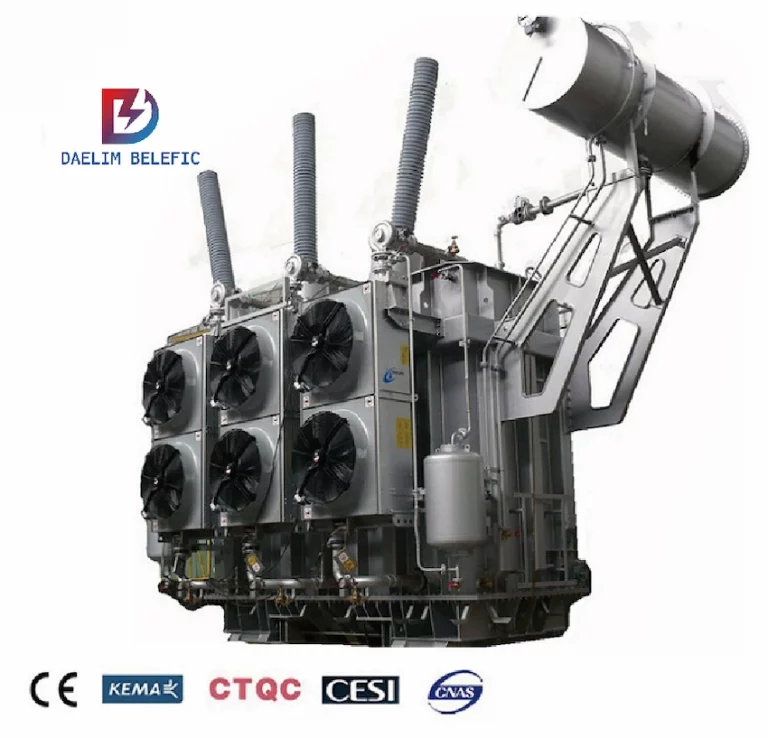
The primary winding is basically the coil that draws power from its source. The primary winding is subdivided into several coils to reduce the generation of flux.
On the other hand, the secondary winding is basically the coil that is responsible for delivering the energy at the transformed or changed voltage to the load.
The nameplate usually consists of the brand, rated kVA, frequency, primary and secondary voltages, temperature class, amount of insulating liquid, etc. In terms of the excessive temperature rise, this is the main cause of a transformer failure, which does occur to 500kV transformers, step-up power transformers, and 1000 MVA transformers.
The heat that is being developed in the transformer operation results in a temperature rise in the internal structures of the transformer.
This goes to say that transformers that are efficient have less tendency to encounter high-temperature spikes.
On the other hand, less efficient transformers will usually have a higher temperature rise.
The rise of temperature of transformers is rated as averaged when the transformer is loaded at the nameplate rating.
When it comes to the value being used to measure the temperature, it is measured in °C. Its ambient temperature is usually ranged 40°C.
For instance, a 150°C temperature spike for dry-type transformers will operate at a winding temperature of 190°C when there is a full-rated load in a 40°C environment.
Although the temperature is averaged over the whole winding, in terms of its inside, the other winding is basically hotter compared to the outside. Usually, the hottest spot is at a specific area inside the coil.
These usually have the longest thermal paths to the outside air as well. These hot spot temperatures are quite different and it is typically determined by the manufacturer.
These are also usually expressed as a temperature increase over the temperature.
This is the main reason why the cooling should be sufficient in order to prevent the insulating materials from degrading or deteriorating to ensure life expectancy.
Oil-immersed 500kV transformers, step-up power transformers, and 1000 MVA transformers take advantage of mineral oil or transformer oil to cool the temperature.
For dry-type transformers, this type of transformer uses air or forced air to cool the transformer.
Basically, this means that there are two different types of transformers when it comes to their cooling medium, which are air dry-type transformers and oil-filled transformers.
Dry-type transformers rely on the circulation of air over or through the entire transformer.
Liquid-filled transformers also have a transformer’s coils and core that is submerged in mineral oil as its insulating liquid. Synthetic fluids are also approved for insulating liquid.
The National Electrical Code (N.E.C) states that transformers should be installed in a proper location that does block or obstruct the openings that are specifically for cooling objectives.
Moreover, the transformer should also have a mark with a distance or clearance from the walls or other obstructions to manage the dissipation of heat.
This can be through the normal airflow of the transformer’s housing or by adding more tubes that are installed in the enclosure to increase the cooling.
Basically, 500kV transformers are transformers that have a rating of 500kV. The 500kV transformer price is significantly lower in high voltage transformer sizes, but this does not mean that it is a bad choice.
As mentioned, 500kV transformers actually have a higher price nowadays due to a lot of people staying at their homes with the ongoing pandemic.
Transformers that are not rated through a kilovolt-ampere scale do not belong to this category. Below are the common types of 500kV transformers.
Distribution transformers are transformers that are responsible for performing the last voltage transformation of the distribution grid. This converts the voltage that is used in transmission lines to a single or multiple buildings. Usually down to 240 volts.
These transformers can be pole-mounted if the transmission lines are above ground. Those barrel-like things on utility poles that we commonly see in public are called pole-mounted distribution transformers.
Power transformers are static devices, which means that there are no rotating or moving parts in them whatsoever, and they are usually applied for transforming power from one circuit to another circuit without having to change the frequency.
Transformers that increase voltages from primary to secondary are called step-up power transformers, This means that there are more secondary winding turns than primary winding turns. This makes it a step-up power transformer.
Basically, it converts high-voltage, low-current power into low-voltage, high-current power.
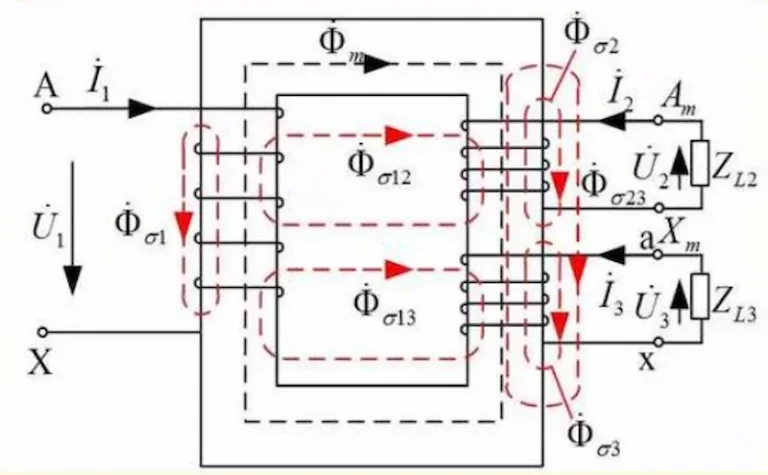
Common 50 MVA Transformer Specifications:
| Phase | kVA Rating | High Voltage Rating | Low Voltage Ratings: | Frequency | HV Connection |
| Single-phase | Up to 50 MVA | Up to 110kV | Can vary depending on the client | 50 Hz | Delta |
| Three-phase |
When it comes to 1000 MVA transformers (Mega Volt-Ampere), these transformers are rated through mega volt-amperes due to their different build and high ratings. Moreover, 1000 MVA transformers are also considered as the heart of the substation.
This means that the transformer changes the bond of the incoming voltage and current. The same goes for the outgoing voltage and current as well. Substation transformers are basically rated by their primary and secondary voltage bond and as well as the power carrying capability.
For instance, typical substation transformers would be rated 69-13kV and 20 MVA, this results in the primary or high voltage of 69 kilovolt-ampere. The secondary or low-voltage will be 13 kV as well.
The power rating of these transformers would usually be around 20 MVA or 20,000 kVA. Substation transformers contain a core and coils as well that are normally immersed in oil since this is their cooling liquid.
This type of oil will serve as an insulator and a coolant as well to keep the core at safe temperatures.
There are large transformers out there that have fins for the oil to properly circulate through the windings to further mitigate the heat. Some consumers would also add fans to allow air to pass through the fins.
Other consumers add pumps as well to force the circulation of oil. Lastly, there is even utility that adds water and spray systems that the transformer uses with the cooling water.
There are tons of benefits 500kV transformers offer, including but not limited to:
There is basically little to no load-loss of high-quality 500kV transformers that are reduced by 30% on average. Moreover, the no-load current is reduced by 70% to 80% as well.
One of the most important factors of looking into a transformer is its longevity. 500kV transformers usually adopt a fully sealed structure that is bolded or welded around the tank. This is for the transformer oil to come in contact with air, which extends its longevity even further.
There are added parts of the tank to further improve the reliability of the seal. This is also to enhance the technological level fully.
When it comes to the durability of 500kV transformers, this solely depends on the manufacturer but 500kV transformers are usually durable and sturdy since these transformers are placed outside, which means that outside elements like rain, harsh weather, falling debris, etc. come in contact with the transformer.
Voltage transmissions can easily lose control during their operation, but 500kV transformers perform well during such situations. This is why power transformers are designed to transform power from circuit to circuit without having to disturb the frequency.
Starting time can be a hassle for some, but 500kV transformers do not have a starting time, and this also depends on the manufacturer but the common case for this does not require a starting time.
As mentioned, although 500kV transformers are not considered as a high voltage transformer size, it still performs decently and they are still highly efficient despite the fact 500kV is not that high.
If you are looking for a medium-rated transformer that is highly efficient, then 500kV transformers are without a doubt a great choice.
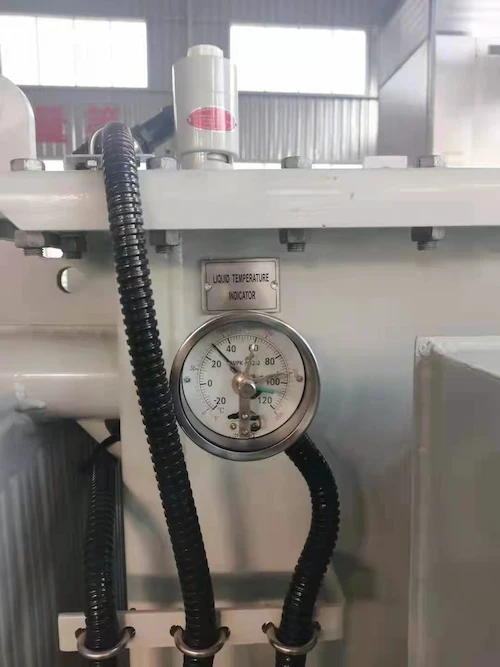
There is without a doubt that 500kV transformers are outstanding when it comes to performance. These devices are capable of managing big projects with high efficiency, and you won’t have to worry about durability and longevity because this type of transformer is equipped with top qualities.
Should you have any questions or concerns, do not hesitate to contact DAELIM’s team of professionals in order to get the best accommodation and advice.
You will find that although there are many styles of 500kv transformer, there is no one suitable for you. You can contact Daelim. Daelim has 15 years of experience in transformer design and production. Tell Daelim what you need.
Daelim will design and complete the 500kv transformer you need within 2 weeks.
ELECTRIC, WITH AN ENGE-- DAELIM BELEFIC


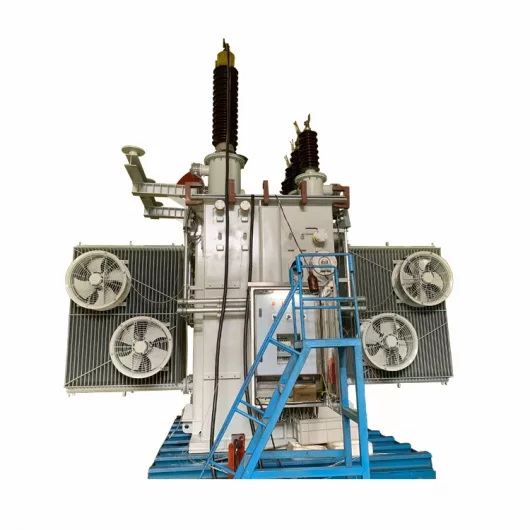
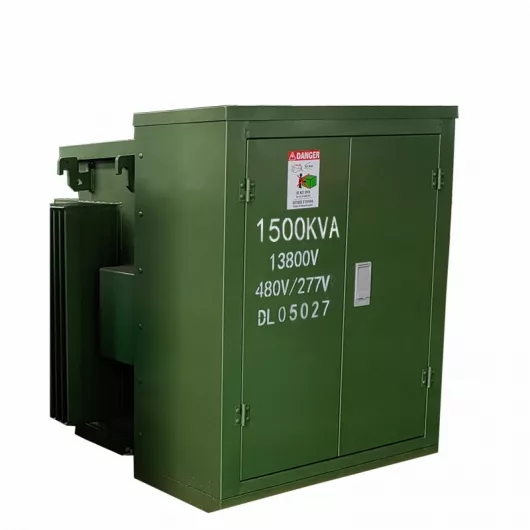
After filling in the contact information, you can download the PDF.